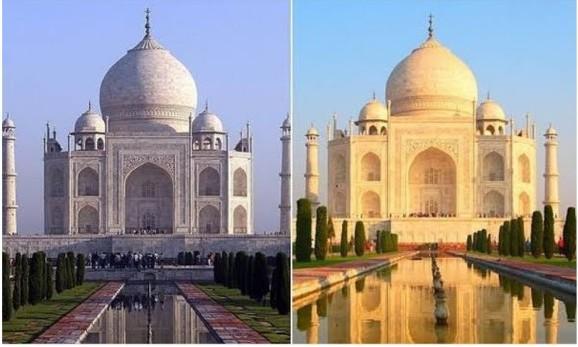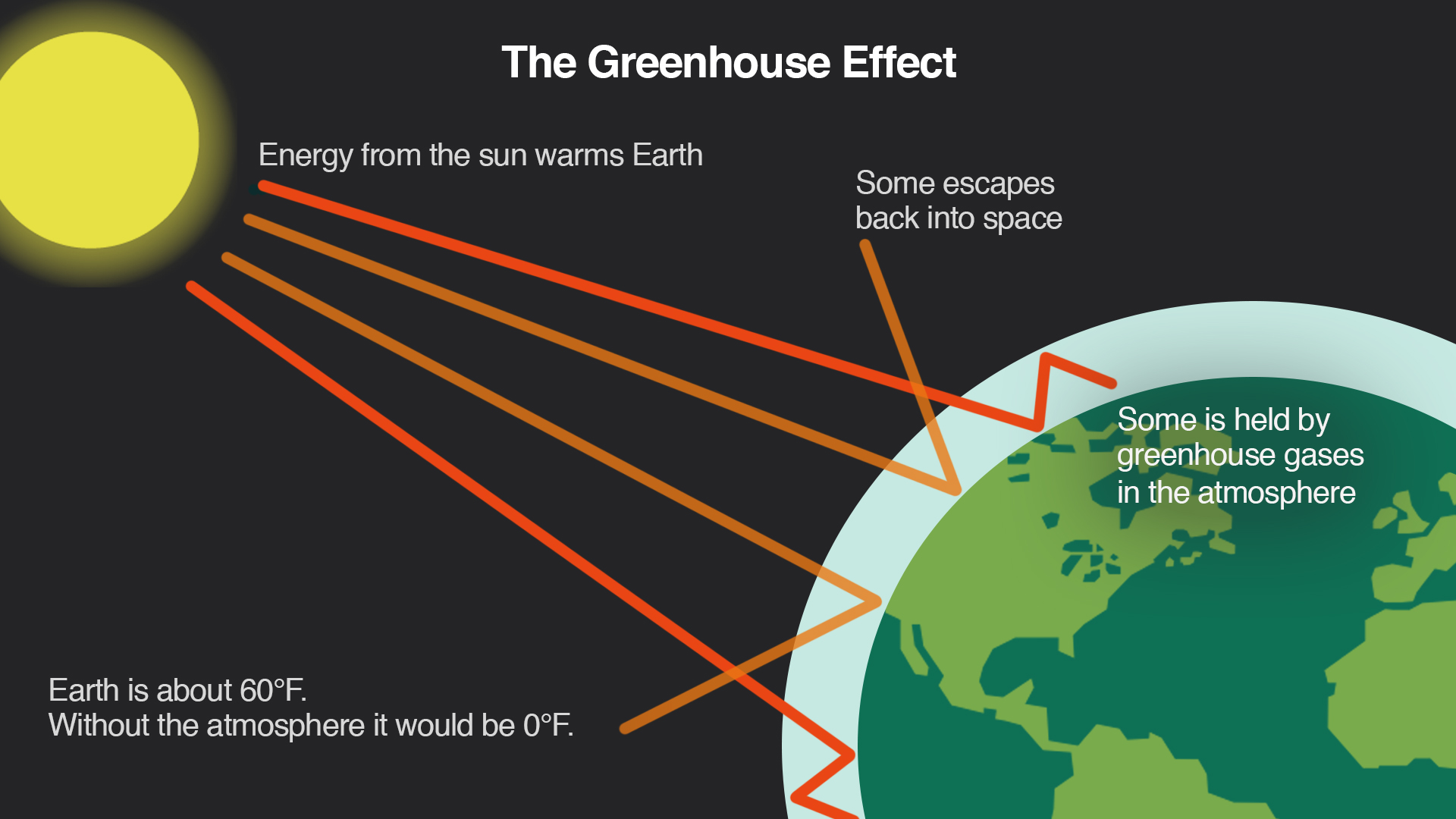CBSE Class 8 Science Chapter 18 Revision Notes
Chapter 18: Pollution of Air and Water revision Notes
AIR POLLUTION
- Air is made up of a variety of gasses. This mixture contains about 78 percent nitrogen gas and about 21% oxygen. Carbon dioxide, argon, methane, ozone, and water vapour all exist in trace amounts.
- Air Pollutants: Air pollutants are substances that pollute the air.
- Pollutants can come from both natural and human sources (for example, forest fires or volcanic eruptions).
- Carbon monoxide, nitrogen oxides, carbon dioxide, methane, and sulfur dioxide are all examples of greenhouse gasses.
- Carbon monoxide is a poisonous gas. It is produced by incomplete combustion of fossil fuels such as gasoline, diesel, and other similar fuels.
- It is a poisonous gas that reduces the blood’s ability to transport oxygen.
- Smog: It consists of smoke and fog. Oxides of nitrogen and other pollutants make up smoke.
- In children, it causes breathing problems such as asthma, coughing, and wheezing.
- Sulfur Dioxide (SO2): It is produced in power plants by the combustion of fuels such as coal.
- It can cause respiratory issues, including lung damage that is permanent.
- Chlorofluorocarbons (CFCs) are a type of fluorocarbons that (CFCs) are used in refrigerators, air conditioners, and aerosol sprays.
- The ozone layer of the atmosphere is harmed by CFCs.
- Tiny particles: These particles are created as a result of industrial processes such as steel production and mining.
- These float in the air for long periods of time, reducing visibility.
- Sulphur oxides cause acid rain. Nitric acid and sulphuric acid are formed when Wind nitrogen reacts with water vapor in the atmosphere. When these fall in the rain, they turn the rain acidic. This is referred to as acid rain.
- Cancer of the Marble: The Taj Mahal’s marble has corroded as a result of acid rain. Marble cancer is the name given to this phenomenon. The yellowing of the marble is due to suspended particulate matter (SPM) emitted by the Mathura Oil Refinery.
 Source: https://brainly.in/question/27146539
Source: https://brainly.in/question/27146539
- Global warming is caused by an increase in the amount of carbon dioxide gas in the atmosphere. It has caused rising sea levels, decreased rainfall, and has proven to be a serious threat to the survival of life on Earth.
- Other greenhouse gasses, like methane, nitrous oxide, and water vapor, contribute to the greenhouse effect in addition to CO2.
WATER POLLUTION
- Sewage, agricultural chemicals, and industrial waste are some of the most common water contaminants.
- The Ganga Action Plan is a large-scale plan to save the Ganga River. It was first released in 1985.
- It is important to conserve water because water is a limited natural resource. We must learn to conserve it by adhering to the mantra of “reduce, reuse, recycle” (3Rs).
- Chemical contamination is defined as the discharge of harmful chemicals into rivers and streams, resulting in water pollution.

